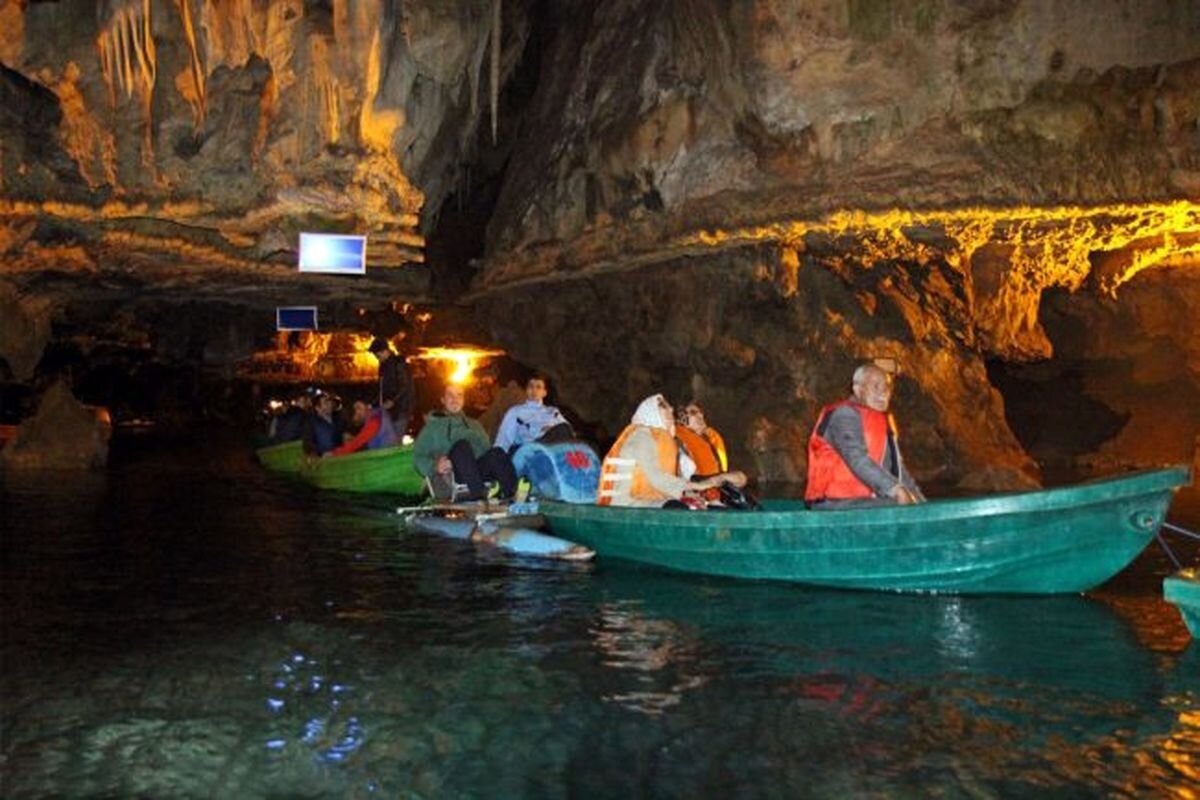Hamedan attracts 2.8 million visitors in H1, Ali-Sadr Cave tops list

TEHRAN - Hamedan province saw a considerable influx of tourists in the first six months of the current Iranian calendar year (started on March 20), with 2.8 million people visiting its various attractions.
According to Ali Khaksar, the deputy provincial tourism chief, Ali-Sadr Cave was the most popular destination, welcoming 566,000 visitors during the six-month period.
In his visit to Ali-Sadr Cave, Khaksar on Tuesday noted that while the cave attracted 670,000 tourists throughout last year, it has already harvested significant attention in the first half of this year.
Other notable tourist sites include the mausoleum of Avicenna, which received 195,341 visitors, the Tomb of Baba Taher with 167,113 visitors, and the ancient site of Hegmataneh, which attracted 97,729 visitors.
The recent UNESCO World Heritage designation of Hegmataneh (better known as Ecbatana in Western sources) has boosted its popularity, with 98,000 tourists visiting in the first six months alone, compared to 78,000 visitors throughout the previous year.
Additionally, 19,000 foreign tourists have overnight stays in Hamedan during this period, with 7,366 international tourists specifically visiting the province’s attractions.
Hamedan, the provincial capital, has been selected by the Asian Mayors Forum (AMF) as the Asian Capital of Tourism for the year 2024.
Hamedan, also known as Ecbatana in classical times, was once one of the most important cities in the ancient world. It boasts a wealth of tourist attractions. Notable landmarks include the Ali-Sadr Cave, Tomb of Abu Ali Sina, Ganjnameh Ancient Inscriptions, and Alaviyan Dome, promising a rewarding experience for visitors.
Sprawling on a high plain, Hamedan was initially urbanized by the Medes, Assyrians, Persians, and Parthians. It may no longer be the legendary metropolis it once was, but it still boasts all the culture you’d expect from a location with such a long history.
AM
